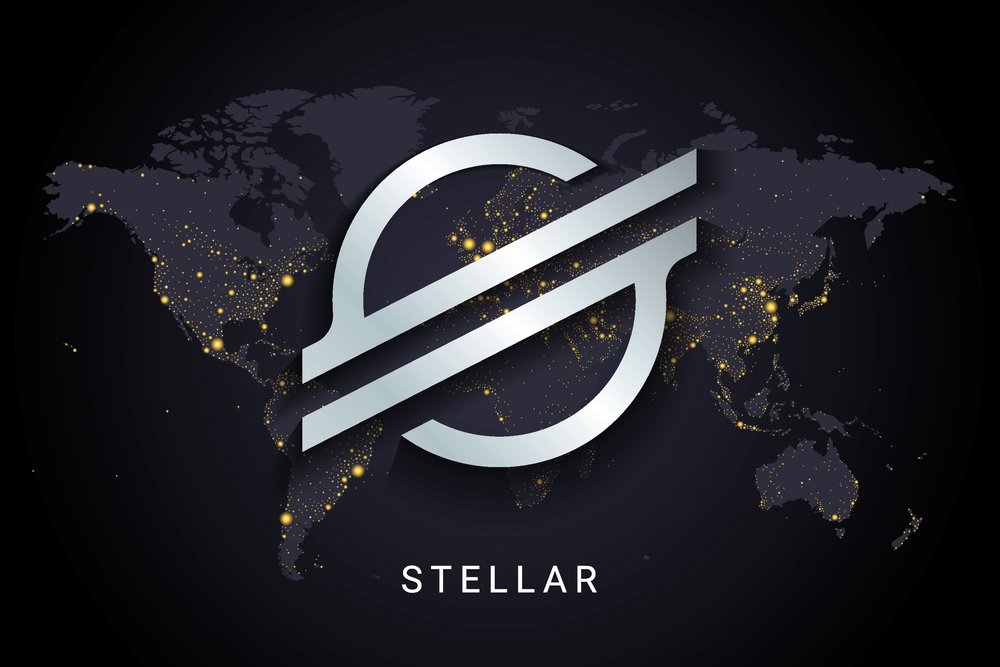Huawei is ramping up its push in artificial intelligence hardware, aiming to deploy massive AI “SuperClusters” both domestically and internationally as it seeks to rival Nvidia’s lead in high-performance computing.
The approach is based not just on new chips but also on scale, speed, and connectivity. Huawei concedes that its processors are not as fast as Nvidia’s on a per-chip basis. But it believes it can close the gap by stringing together thousands, ultimately, millions, of chips.
Huawei unveils bold AI roadmap
Huawei’s rotating chairman, Eric Xu, unwrapped a three-year strategic plan to outline what it will take for the company to achieve its AI goals at the annual Huawei Connect conference.
The Ascend 950 series will come in 2026, delivering two models for different AI workloads. Additionally, the Ascend 960 will come in 2027. By 2028, Huawei hopes to release the Ascend 970 with interconnect speeds of four terabits a second, more than double what Nvidia can do today.
Huawei also announced that it has developed its own high-bandwidth memory, which the company hopes will reduce reliance on foreign suppliers. This step is important because US sanctions have cut off the company’s access to the world’s leading chipmakers and memory suppliers. “By making this roadmap public, Huawei is signaling to the market that it has confidence in its supply chain and a long-term commitment to developing an end-to-end chip ecosystem,” wrote Bernstein Research analysts.
In addition to its chip roadmap, the firm unveiled a new generation of Atlas SuperPoD systems that will form the basis of its AI strategy among data-center scale platforms. The Atlas 950 SuperPoD will include over eight thousand Ascend processors, while the eventual Atlas 960 SuperPoD in 2027 will span over fifteen thousand processors.
These systems are built to be aggregated into larger clusters. Atlas 950 SuperCluster will use over 500,000 Ascend chips, and Atlas 960 SuperCluster is planned to be interconnected with over one million NPUs. Huawei has developed a next-generation interconnect technology named UnifiedBus to reach these scales. The company says its link allows data transfers dozens of times quicker than Nvidia’s newest NVLink, giving Huawei the edge in linking chips across massive systems.
Huawei maintains that while its individual chips may not match Nvidia’s raw power, the ability to connect them at such speed and in so many numbers can produce comparable, if not better, performance.
A strategic push amid US-China tech competition
Huawei’s announcement is clearly deliberate. Washington has sought to block Chinese access to advanced semiconductor technology for years, raising concerns that it could boost China’s military and economic power. In return, Beijing has prodded its national champions forward to innovate and move further up the value chain.
President Xi Jinping vowed complete state backing for strategic sectors, including AI and semiconductors. Earlier this year, he gathered top entrepreneurs, including Ren Zhengfei, the founder of Huawei, to emphasize the importance of self-reliance.
In making its AI ambitions so public, the telecommunications equipment firm is signaling that it has no intention of playing second fiddle to American companies even as it faces sanctions and restrictions.
Huawei is ambitious, but its plans also face huge obstacles. Its chips are still not as energy-efficient as some from Nvidia or AMD, and the vast amount of power and cooling that its extensive clusters will require will be a challenge, too. The software ecosystem has also developed in favor of Nvidia, which has taken years to build dominance via its CUDA platform.
Even so, Huawei’s message is unmistakable: It is no longer satisfied to be the quiet second fiddle. By betting on scale, speed, and homegrown innovation, it aims to be the leading alternative to Nvidia in AI computing.
If it is successful, the balance of power in the AI hardware market could tip with consequences across technology, economics, and geopolitics.
Want your project in front of crypto’s top minds? Feature it in our next industry report, where data meets impact.
Source: https://www.cryptopolitan.com/huawei-plans-ai-superclusters/


